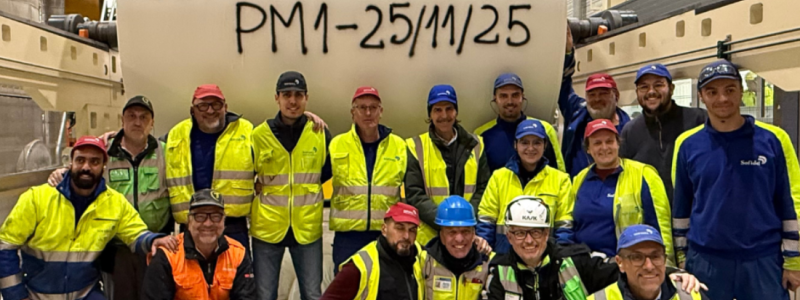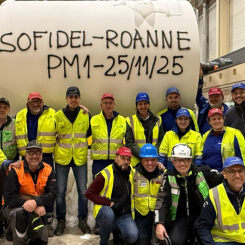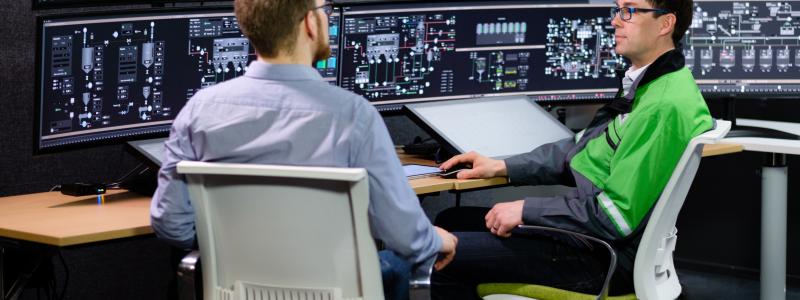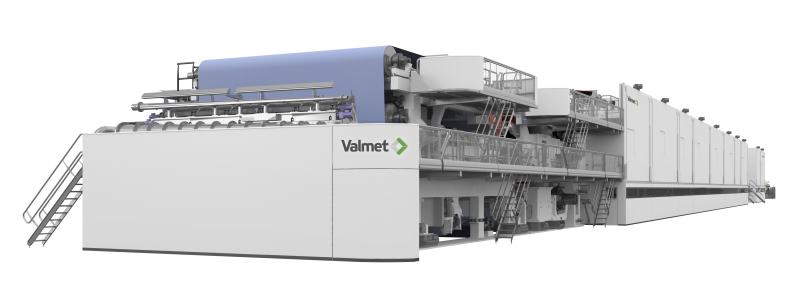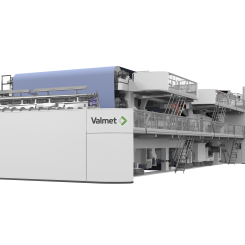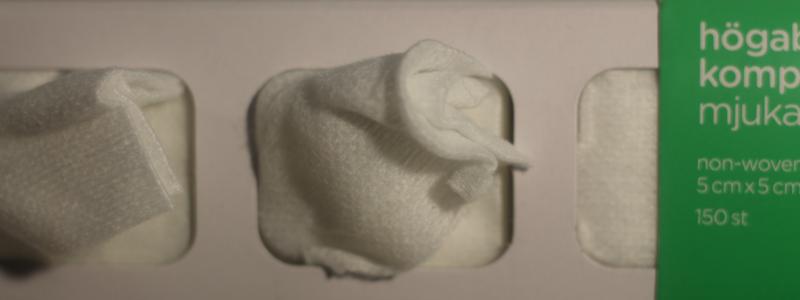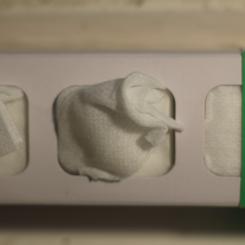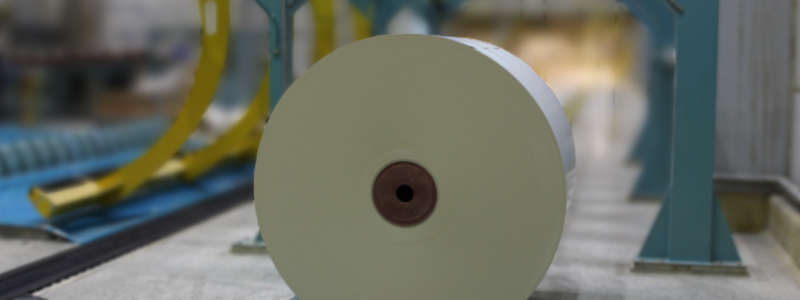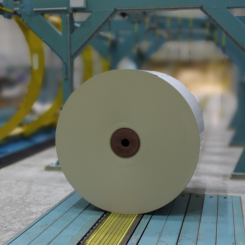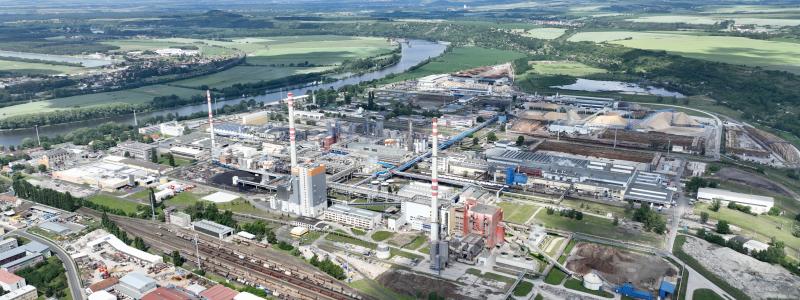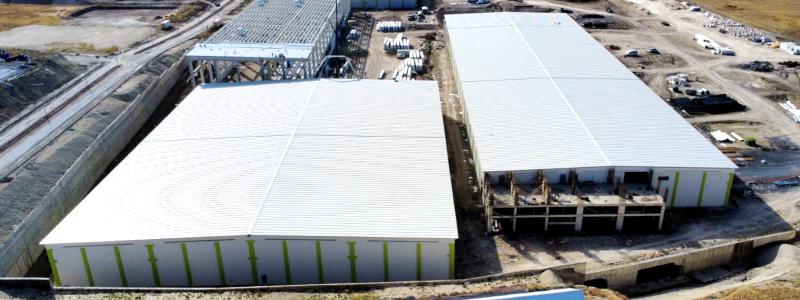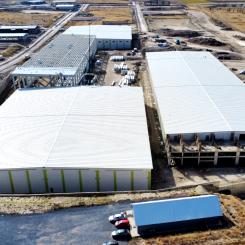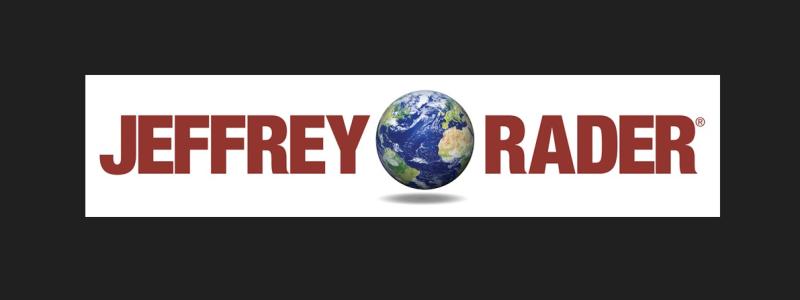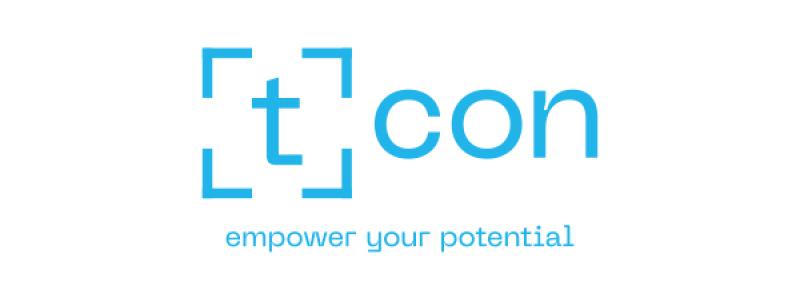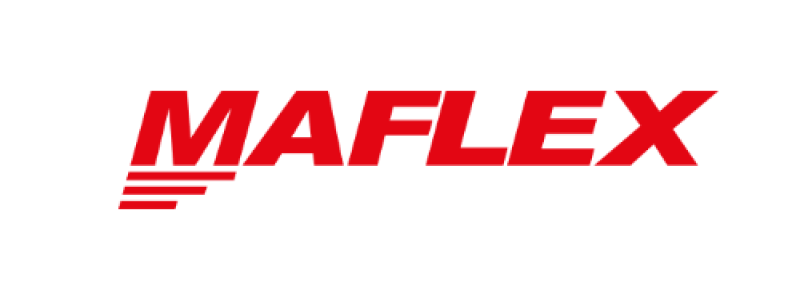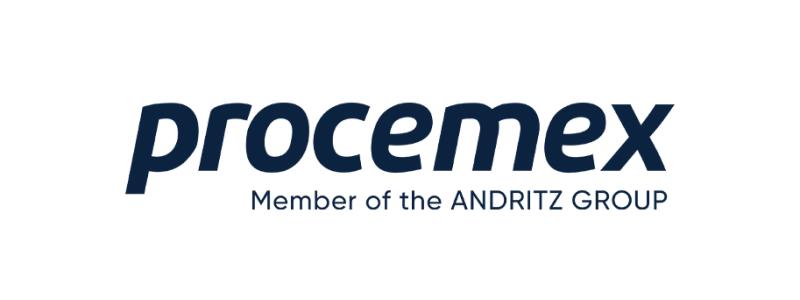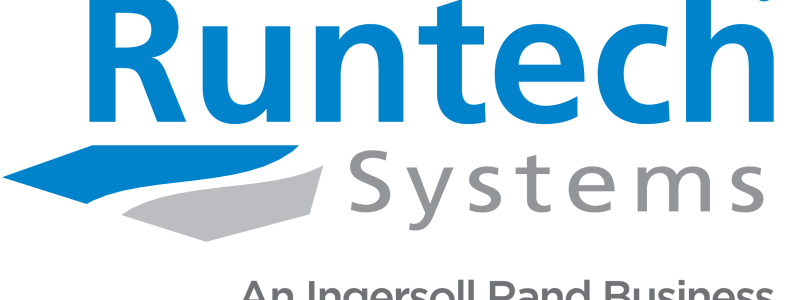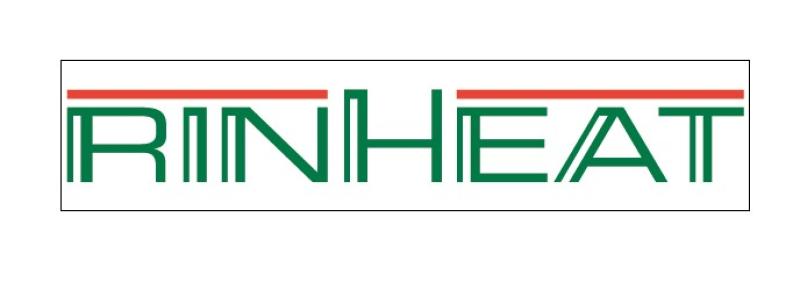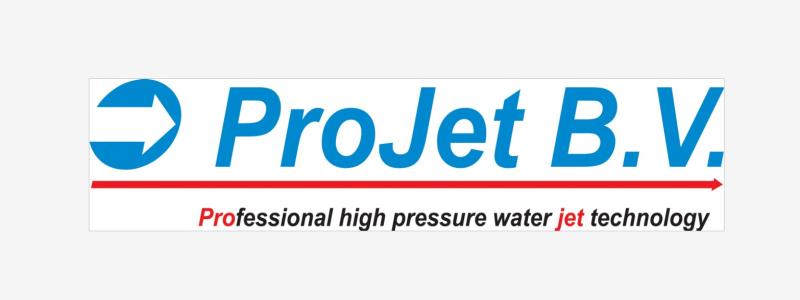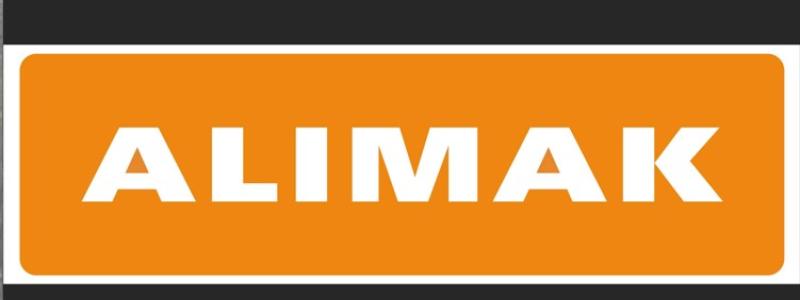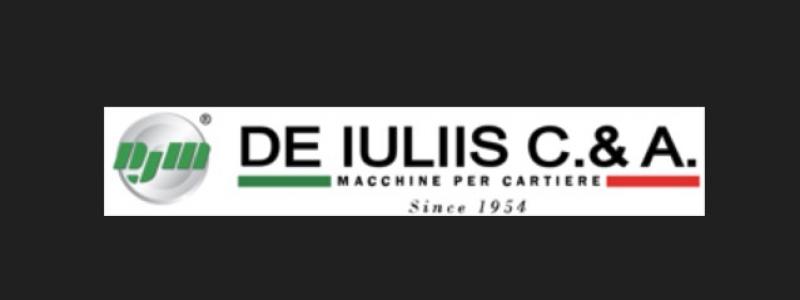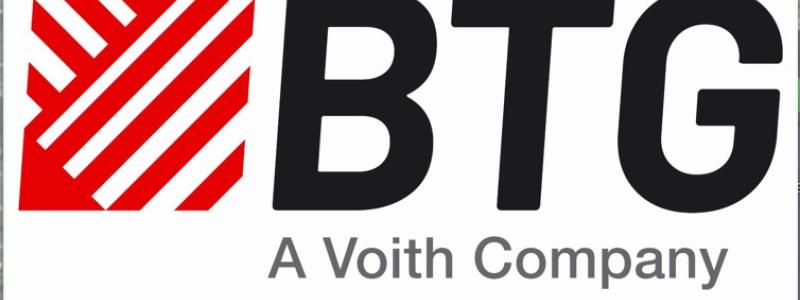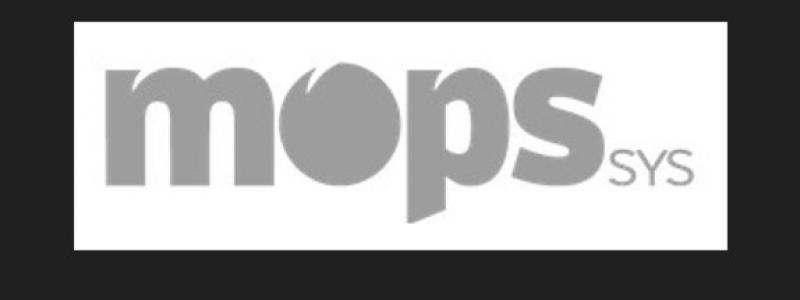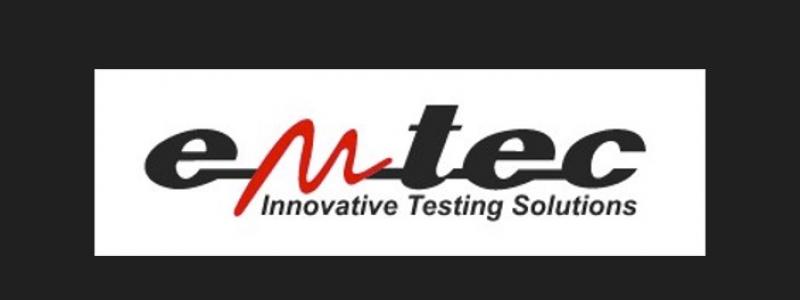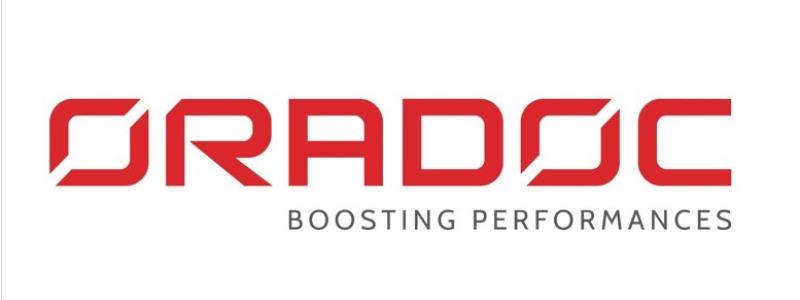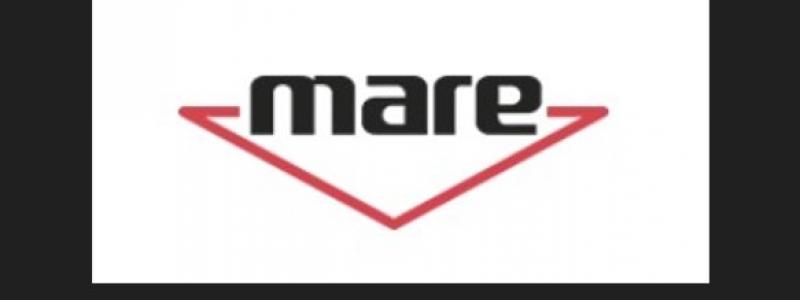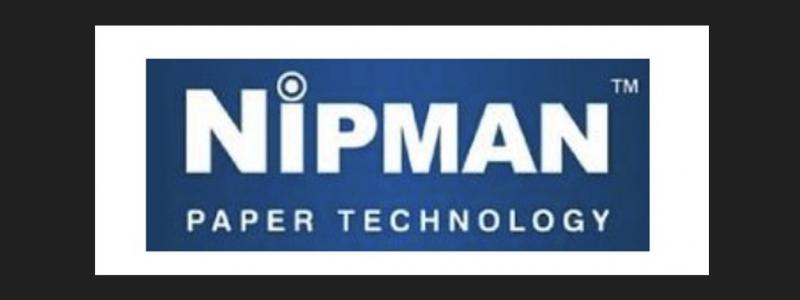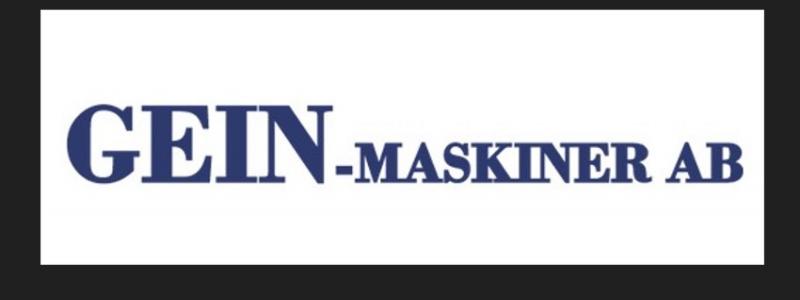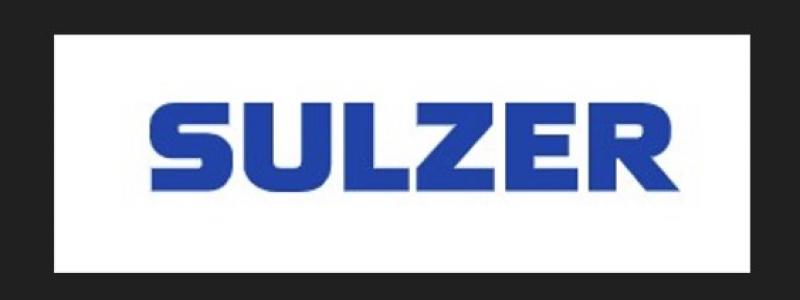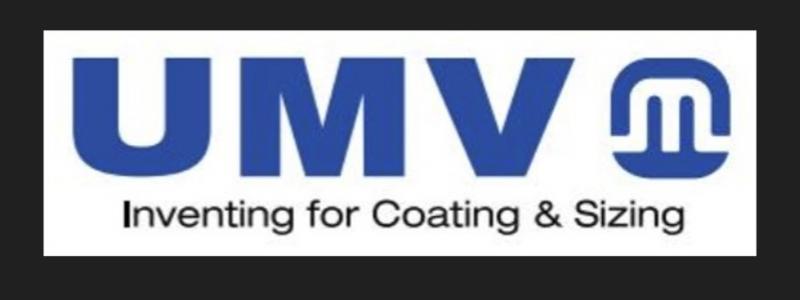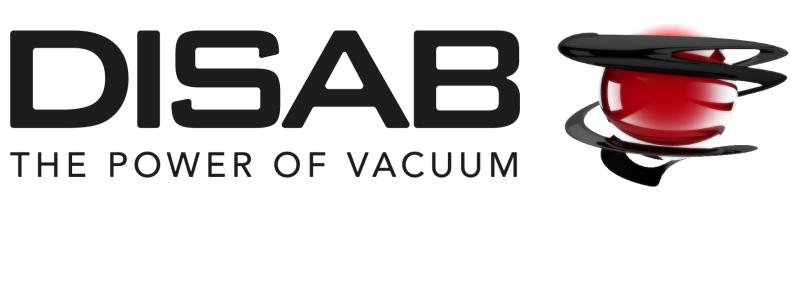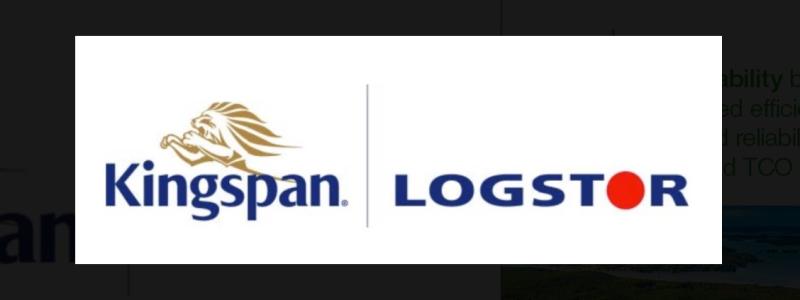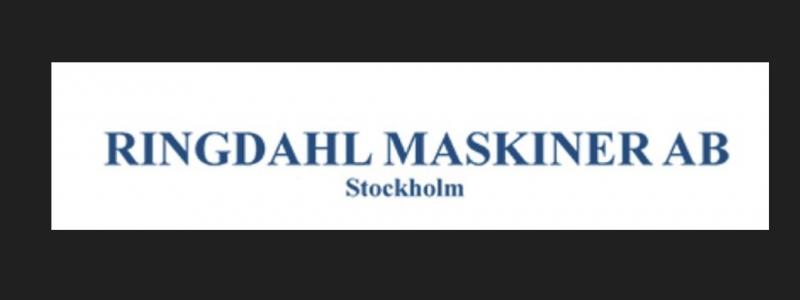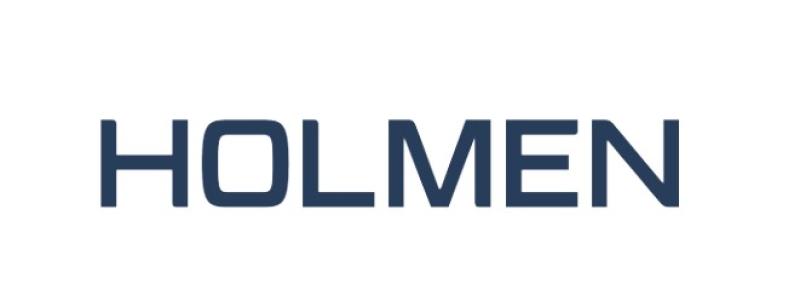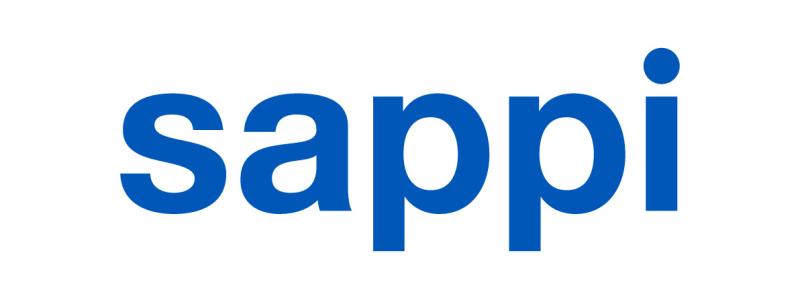Passports are documents which make high demands in terms of forgery protection. So the machinery deployed in the manufacture of these products must always be state-of-the-art. For the Australian company Note Printing
Australia (NPA), Kugler-Womako GmbH has developed a new variant of its passport machine PassPort 2, the PassPort2 PUR, which uses a polyurethane hot-melt adhesive instead of the traditional glues, and a completely new PassPort chip insertion machine.
NPA, a wholly owned subsidiary of the Reserve Bank of Australia, has been manufacturing Australian banknotes for a century now and prides itself on providing secure products of the very highest quality. These include not only banknotes but also passports. Today, NPA has a fleet of thoroughly modern machines at its disposal. The systems deployed in passport manufacture come exclusively from Kugler-Womako of Nürtingen.
At NPA, an Australian passport goes through a total of five different PassPort machines during production. The PassPort 1 binds the books, collating the individual components of the passport two-up and sewing them together. In the second machine, the layers from the PassPort 1 are laminated with covers and / or chip inlays. In the third machine the two-up layers from PassPort 2 have the biometric inlays inserted into the pages after the middle on the PassPort Chip Insertion machine. On the PassPort 3, the layers are gold embossed, separated one-up, folded and cut to size with a die-cutting tool. Finally, in the PassPort 4, the passport is given a Gothic number and a laser perforation. At the same time, the chips for e-passports can also be initialized and personalized here.
Up to now, cold glue has been used in the PassPort 2 to glue the inner book andcover. On the machine designed for NPA, the gluing process has been adapted for polyurethane hot-melt adhesive (PUR). To this end, Kugler-Womako has modified its PassPort2 machine accordingly andreplaced the traditional cold glue applicator roll with sheeting dies, via which PUR adhesive is applied to the material to be processed at temperatures of between 130 and 140°C. A glue quantity control system uses a heat-detecting camera to check the even application of the adhesive layer on the surface to be glued. While it is cooling, the PUR adhesive undergoes a chemical process and hardens completely. The cross-linking of PUR is better than that of cold glue, so it is also very suitable for heavy and coated papers. One improved security aspect is that the bound products can also withstand extreme temperatures and humidity without losing any of their adhesive strength. Another is that the bond cannot be detached without destroying the glued materials. What is more, PUR adhesive attains its final hardness in a very short time, so that the products can be further processed immediately. This is not possible with cold glue because of its prolonged drying time of approx. 24 hours.




